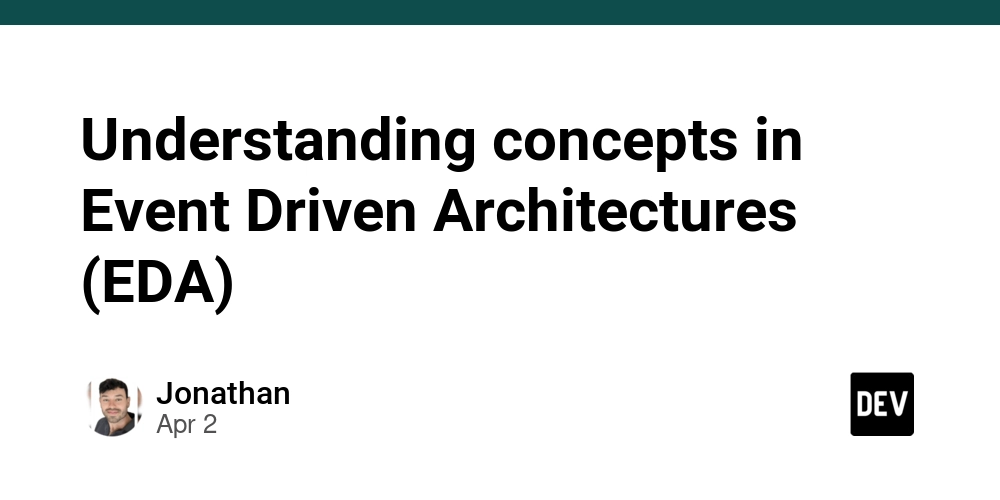Dev
3w
26

Image Credit: Dev
Understanding concepts in Event Driven Architectures (EDA)
- Event Driven Architecture (EDA) has become a popular choice for developing highly scalable distributed systems.
- In EDA, different parts of the system communicate by sending and reacting to events, instead of making direct requests.
- Key components include event producer/publisher, message broker, event consumer/subscriber, and the event itself.
- Advantages of EDA include scalability, flexibility, real-time processing, resilience, and loose coupling, while disadvantages include eventual consistency, complex debugging, increased latency, event duplications, event ordering issues, and a learning curve.
Read Full Article
1 Like
For uninterrupted reading, download the app